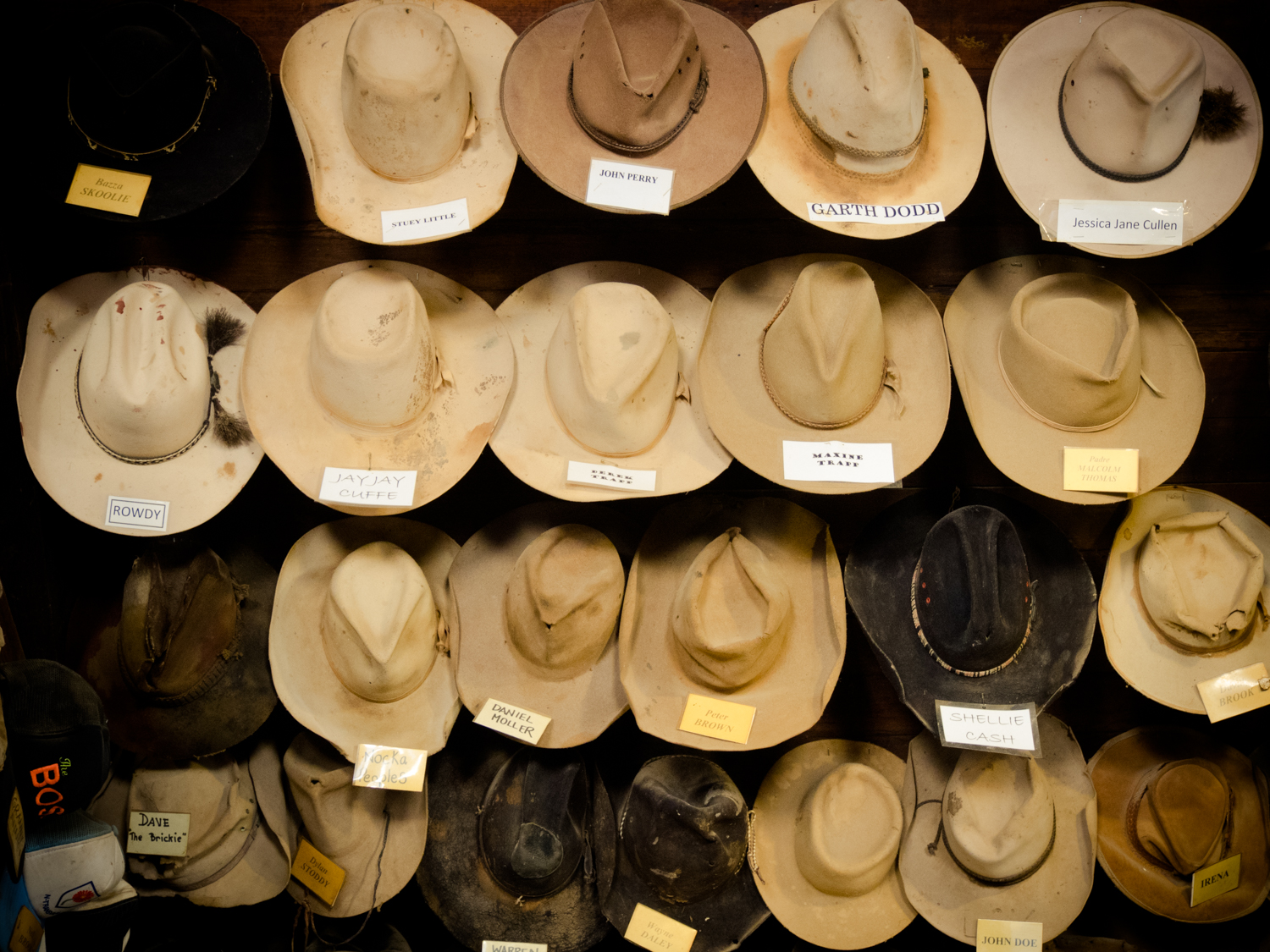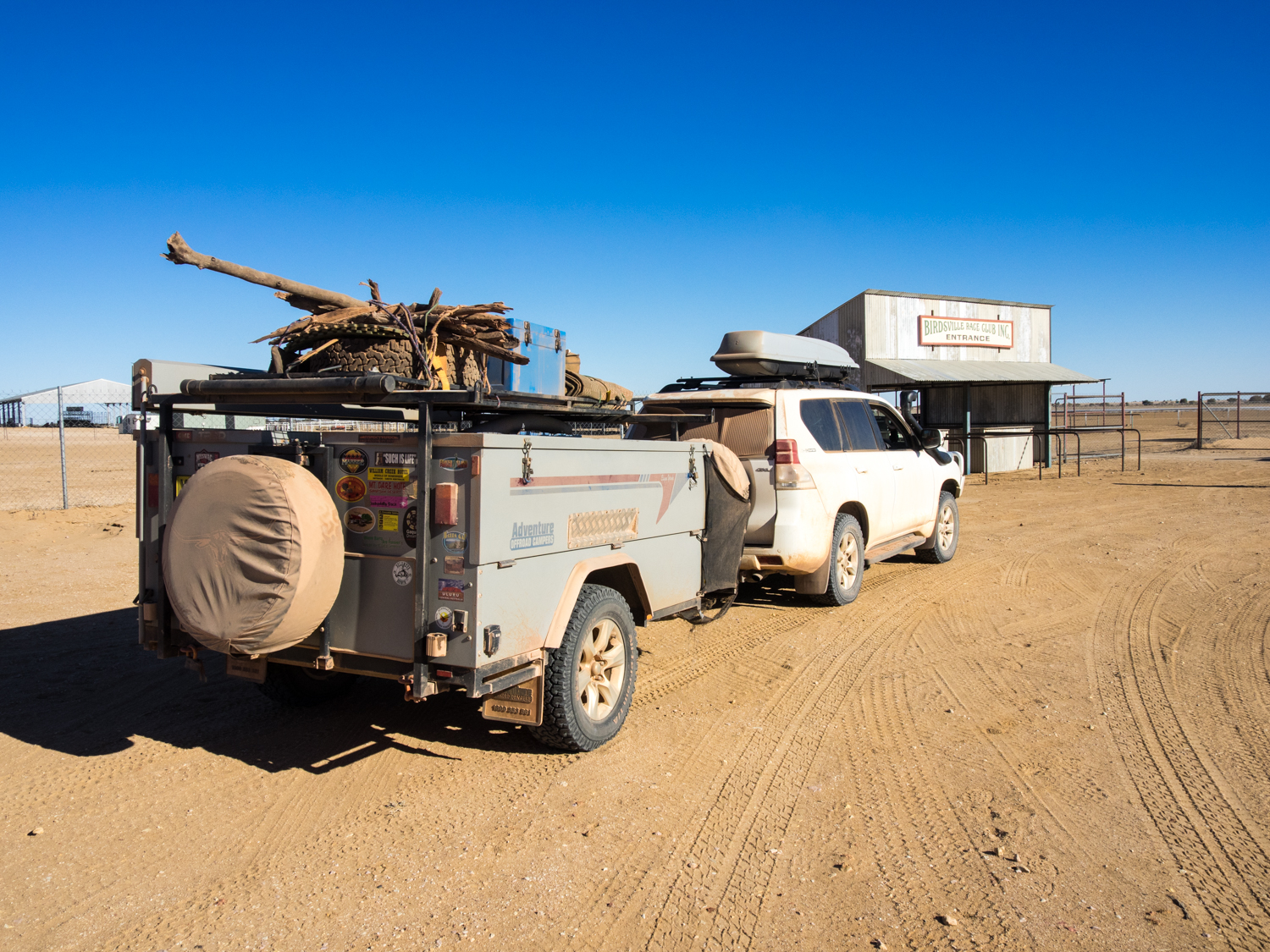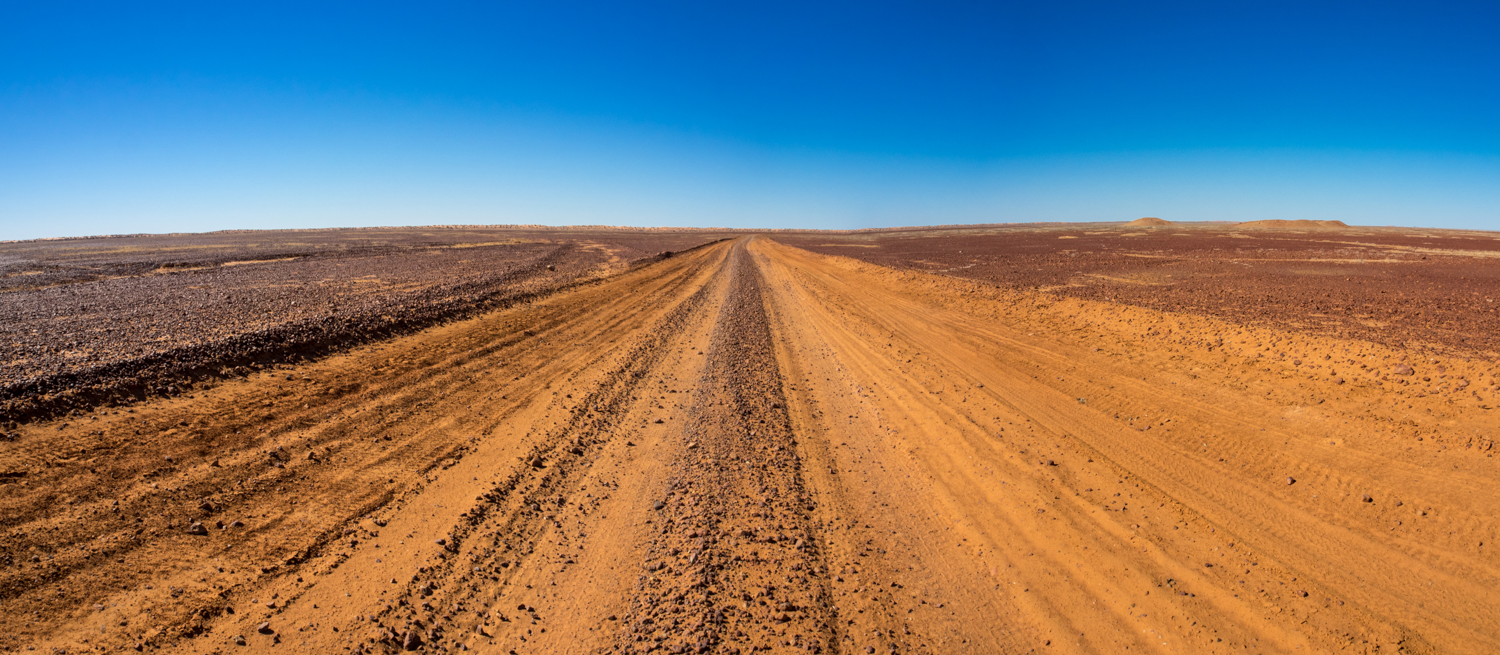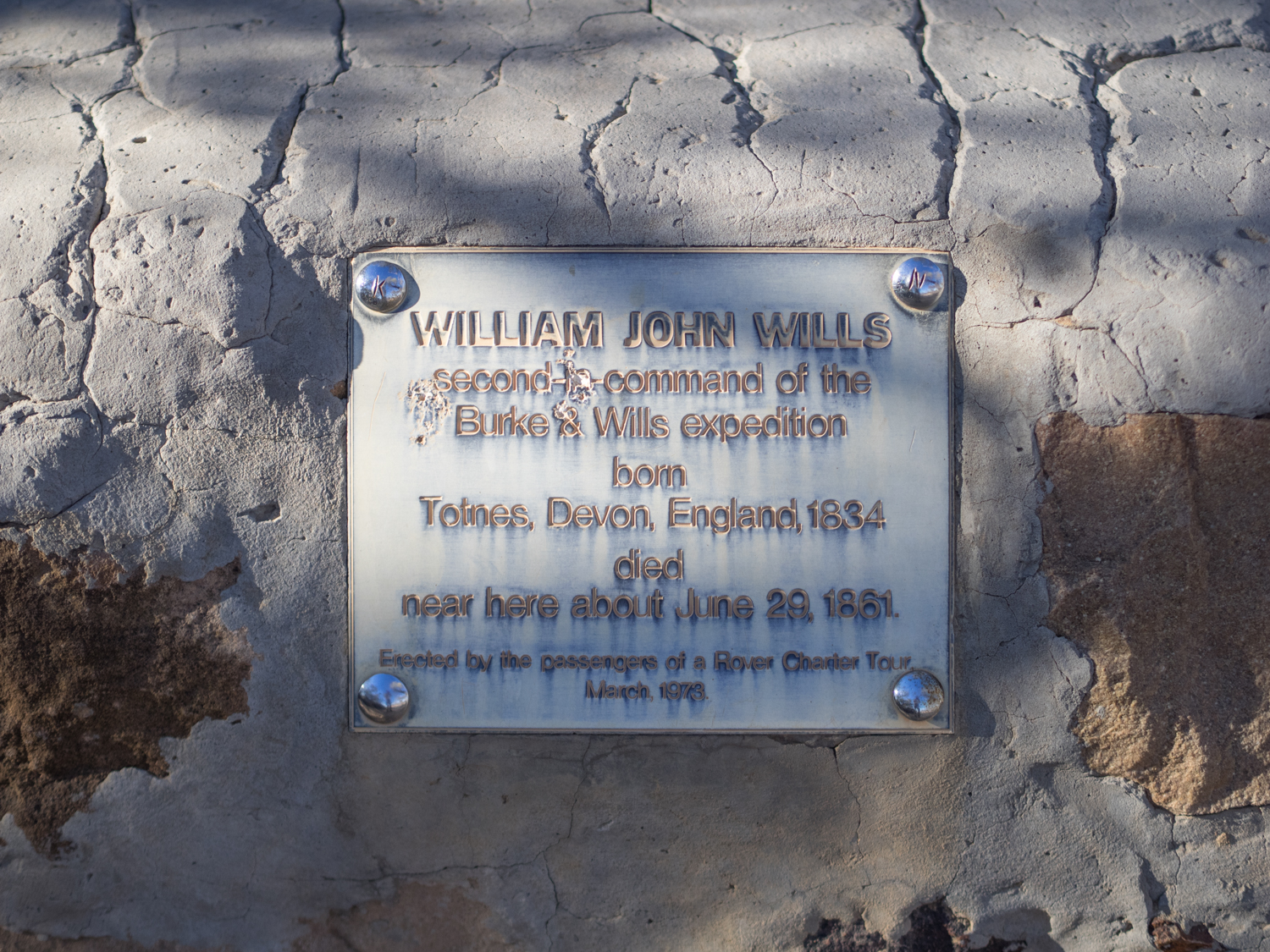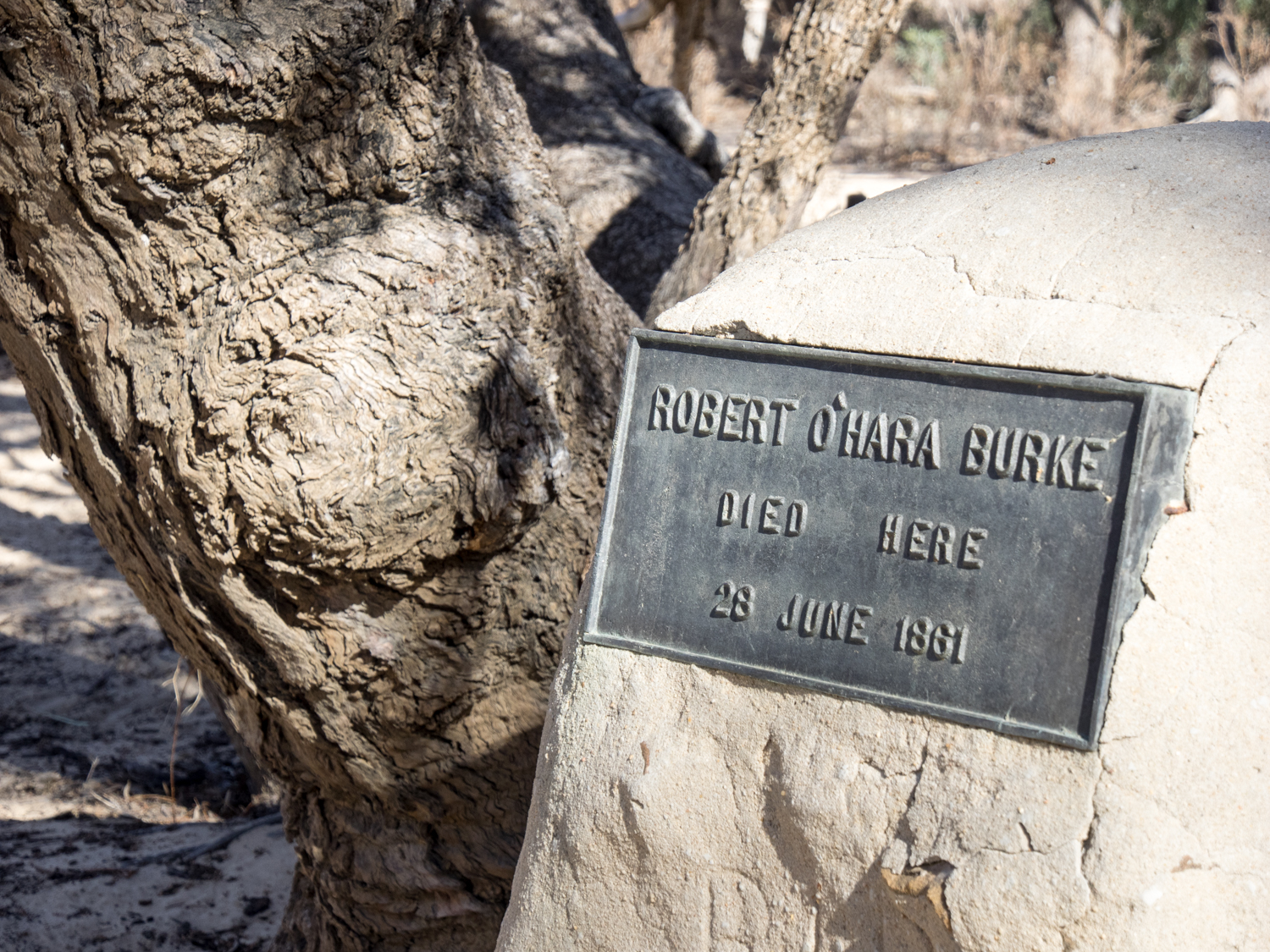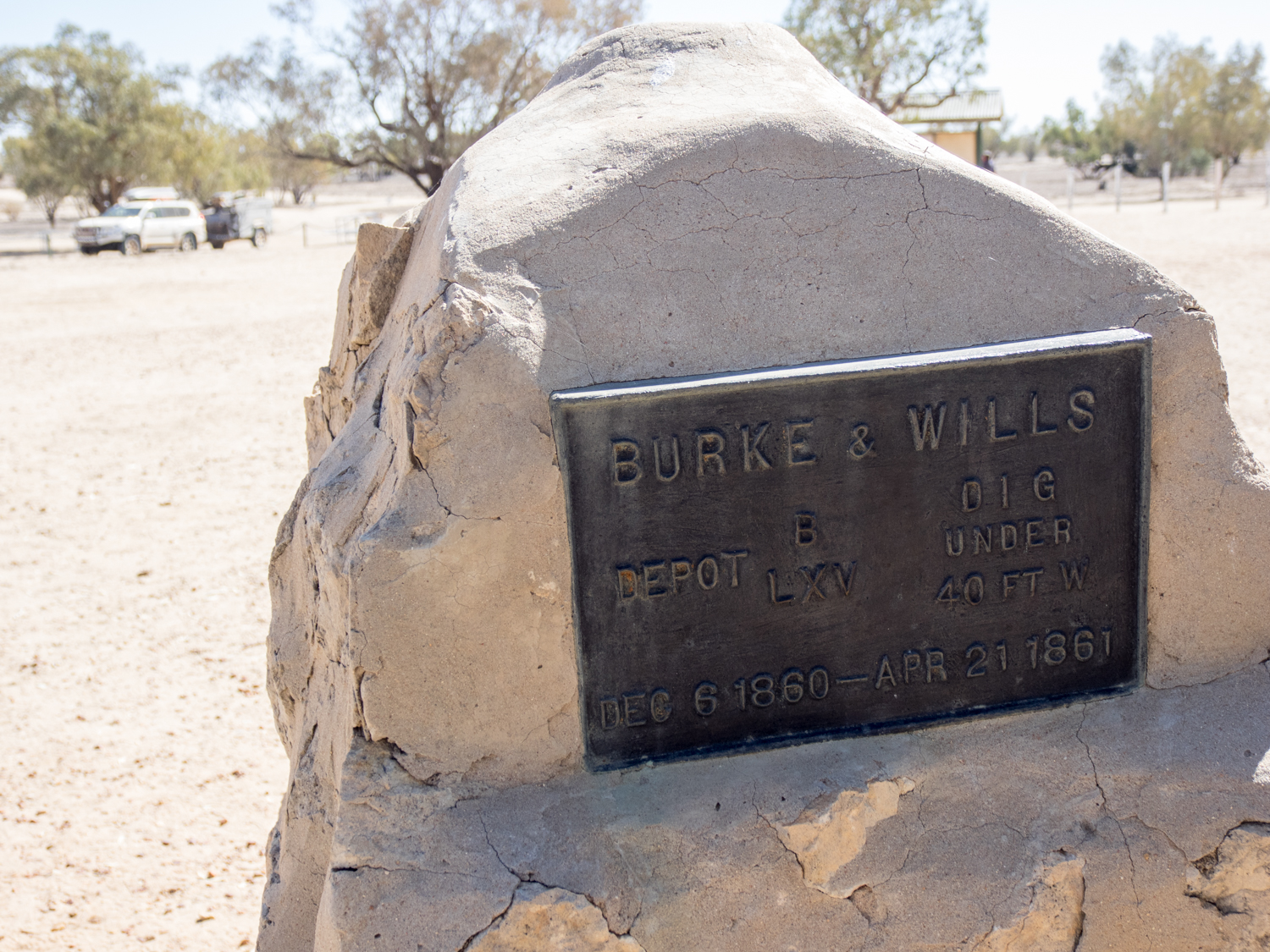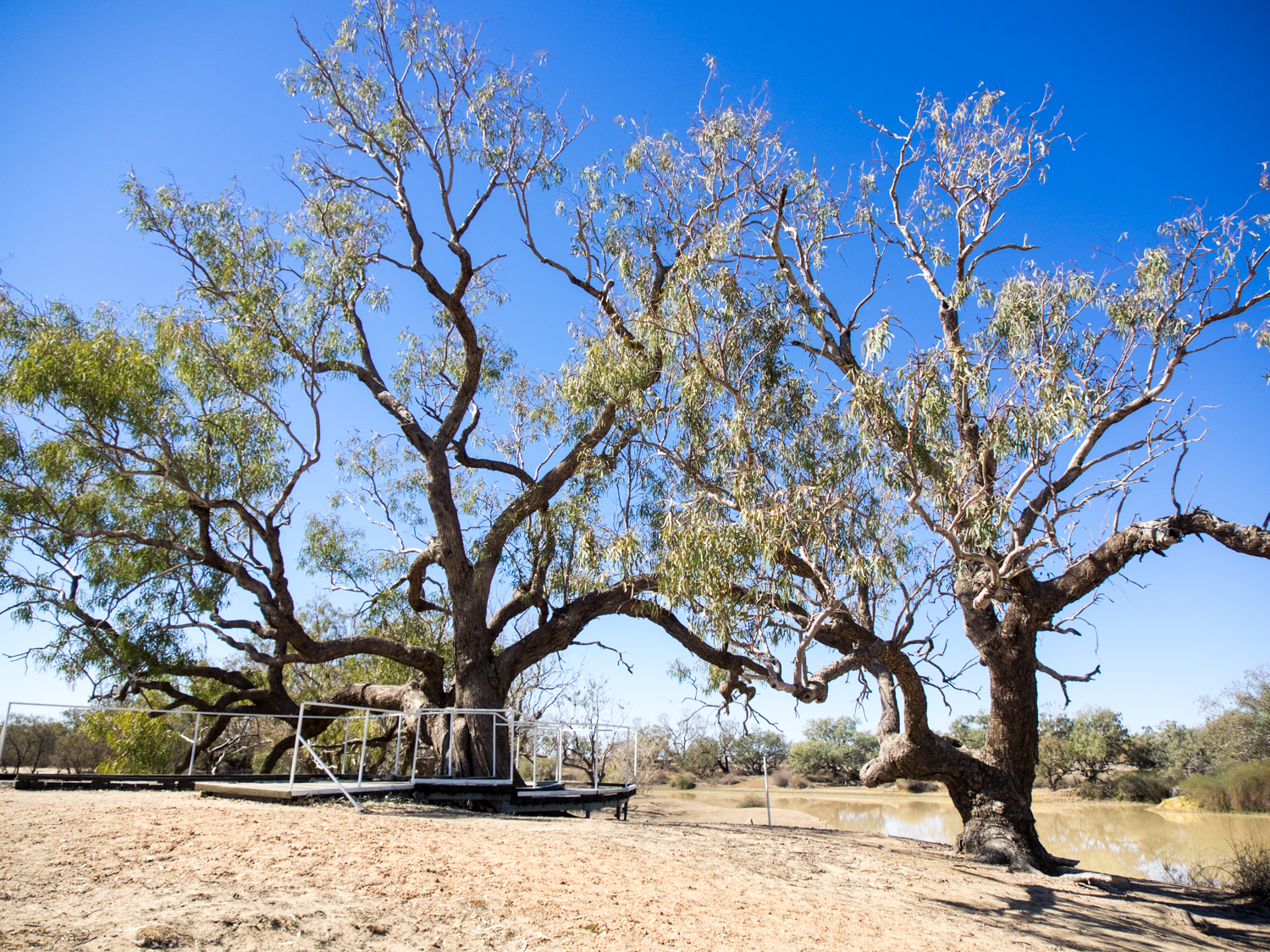This story was published in the August 2015 Issue of 4WD Touring Australia. This is the sixth part of a 3 month journey from Sydney to Darwin and back. To read a full account of the trip and view photos and videos go to To Darwin By Dirt.
The thousands cheer, the banners wave, The glorious sun shines down, When Burke and Wills, the gentle, brave, Set forth to seek renown. Eliza Berry 1892
Why do we explore? Is it to discover a new place or to discover something new in ourselves? Is it driven by curiosity or boredom? Many of us live within our comfort zone and don’t see ourselves in the same light as great explorers such as Hillary or Mawson. However there is an explorer in all of us, somewhere. And you don’t need to travel to the other side of the world, have expensive gear or years of training. You just need the courage to step beyond the routine.
It is with this notion of exploration that saw us follow in the shadows of two famous explorers, Robert O’Hara Burke and William John Wills, as we made our way from Mount Isa down through Birdsville and Innaminka.
One hundred and fifty five years ago, a party of courageous explorers (or fool-hardy depending on your view) set off on foot north in an attempt to be the first to cross the interior. 300km north of us is camp 119 where Burke and Wills left the remaining two expedition assistants Charles Grey and John King to make the last dash to reach the shores of Carpentaria. Having survived their journey from Melbourne they eventually decided to turn around, being so tantalising close to the coast but not quite making it. Likewise this was our turning point as we began our own journey home.
Joining the Diamantina Development Road we make the most of the narrow strip of tar quickly eating up the miles. With Bourke River, Wills Creek and King Creek to the east of us the landscape of the Channel Country slowly changes. The road, winding its way through the red rocky outcrops of the Selwyn Ranges, makes way for straight stretches disappearing in to the mirage of water appearing to lie on the road. The Gidgee trees slowly disappear leaving behind endless flat tussock grass and dry stones punctuated with the occasional ribbons of red dune. Even the sky appears to change from a rich blue to a pastel bleached white as though the colour had been stripped from the landscape along with the water. We are finally returning to desert country.
Soon we pass through Dajarra, Boulia and Bedourie, three small dots on the map. Lee Kernaghan calls these 'hat towns'. With the lyrics “there’s a pub a store and not much more, you’re living in an old hat town”, the old cowboy hats hanging in the Djarra hotel bring the song to life.
While Birdsville is not far ahead a decision is made to experience the isolation felt by Burke and Wills. So pulling off the dirt road we follow two barely visible wheel ruts across the flat bare earth finally reaching a disused windmill. In the flicker of the orange glow from the camp fire we spend the evening debating the myths and stories of their fateful journey and reliving some of our own.
My school boy memories of Burke and Wills was about heroism, scientific research and self sacrifice. But there is another story about an ill equipped team who failed in a land grab. It is an Australian tradition to create legends from our rogues and failures. Ned Kelly, Gallipoli, Waltzing Matilda. Burke was considered to be impulsive and irrational, unwilling to learn from its indigenous people and had never led a team on such a journey before. However, with the passing of time this infamous flawed trek and its associated landmarks have become a place of pilgrimage to modern day explorers.
Leaving camp just as the sun begins to emerge from its slumber we soon reached camp 76 on the banks of the Diamantina River on the edge of what is now Birdsville. Birdsville typifies everything that is the outback. Its Pub, horse race and Big Red, three icons of Australia.
While the Simpson Desert will have to wait for another trip, we make our way to the 30 metre high sand dune that rises like a cresting wave out of the desert. When we arrive I am surprised to see no other cars attempting the climb. Not daunted, I lower the tyre pressure, point the car at the steep track, shift the car in to 4WD and hit the throttle.
Starting back on the flat plain the car builds up speed along with the level of confidence. Then at the base of the dune the car jumps and shudders from side to side like a bucking bull. The fight begins between the spin on the tyres and the clutches of the sand. As the wheels spin and sand flies the battle between machine and nature is now at its peak. But this time nature wins with the car lodged at the crest like a playground sea-saw 2 wheels helplessly in the air, the others digging them selves in to the sand.
With no other car around to snatch us out, luckily I had my recovery gear sitting next to me. So I lean over and ask him to get out of the car and start digging. But I was more prepared than that, luckily carrying the maxtrax. After a bit of sweat, interspersed amongst the laughter, we are out and down the other side. If we were doing the Simpson there was another 1112 dunes to go!


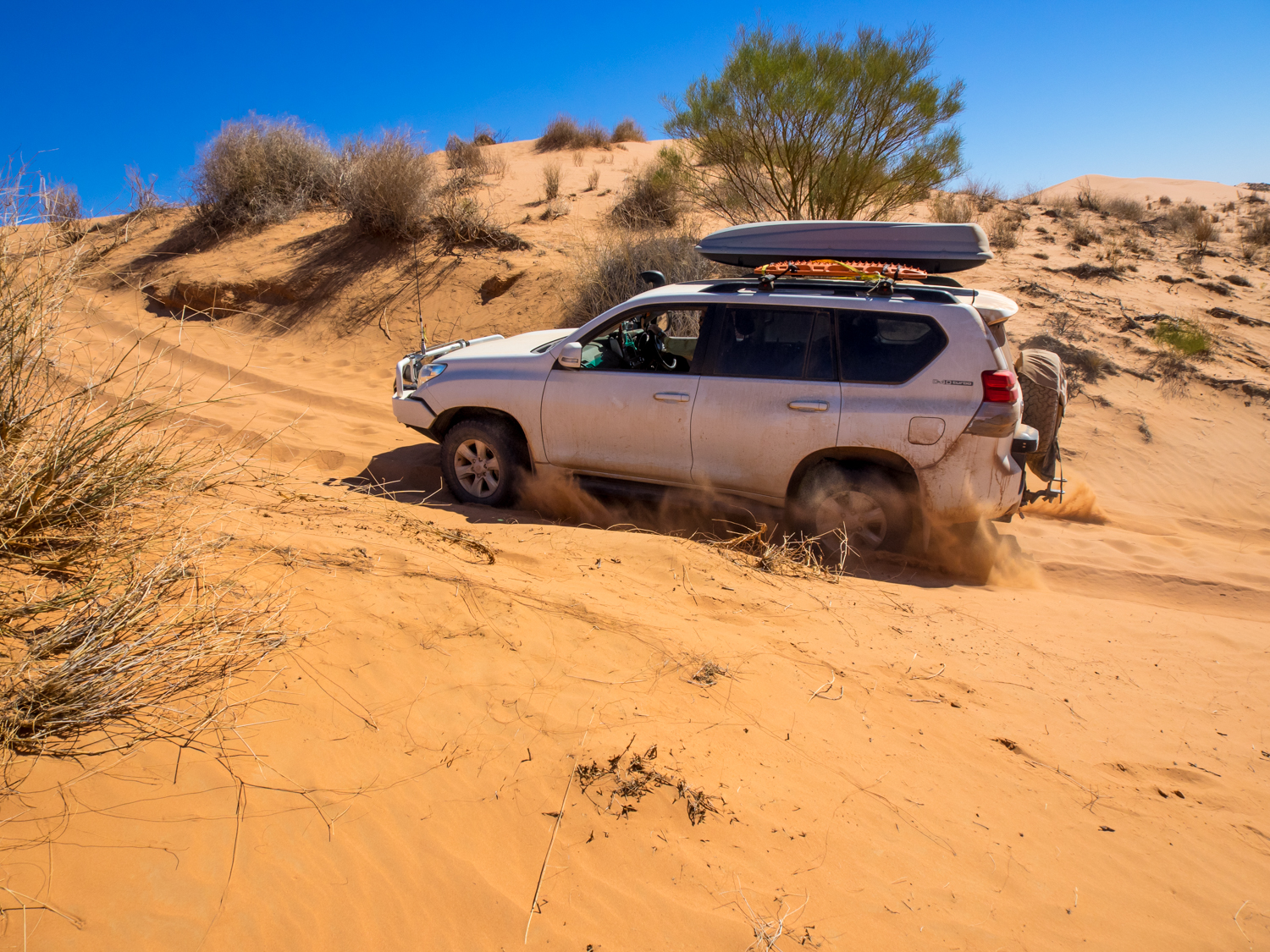
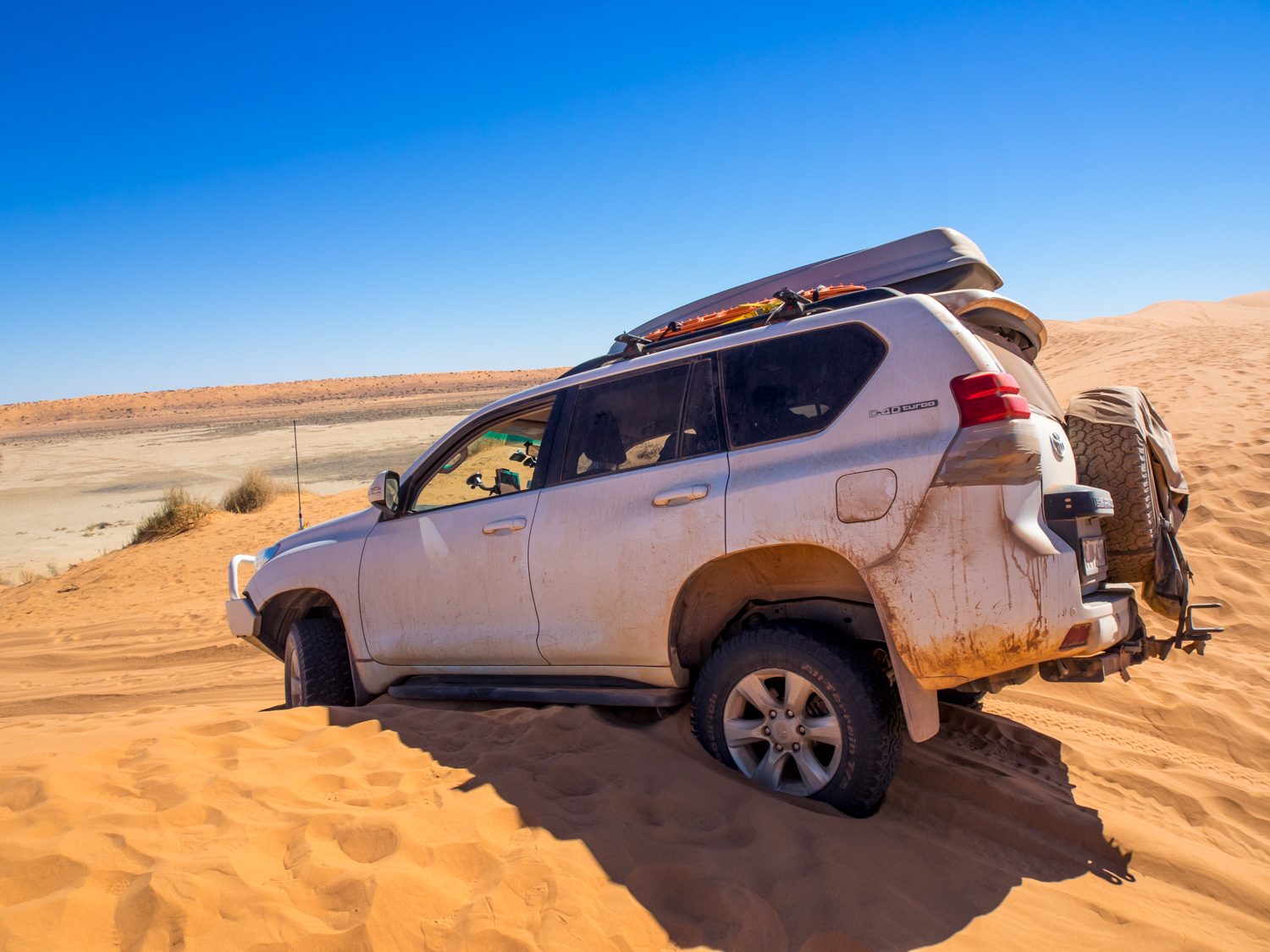
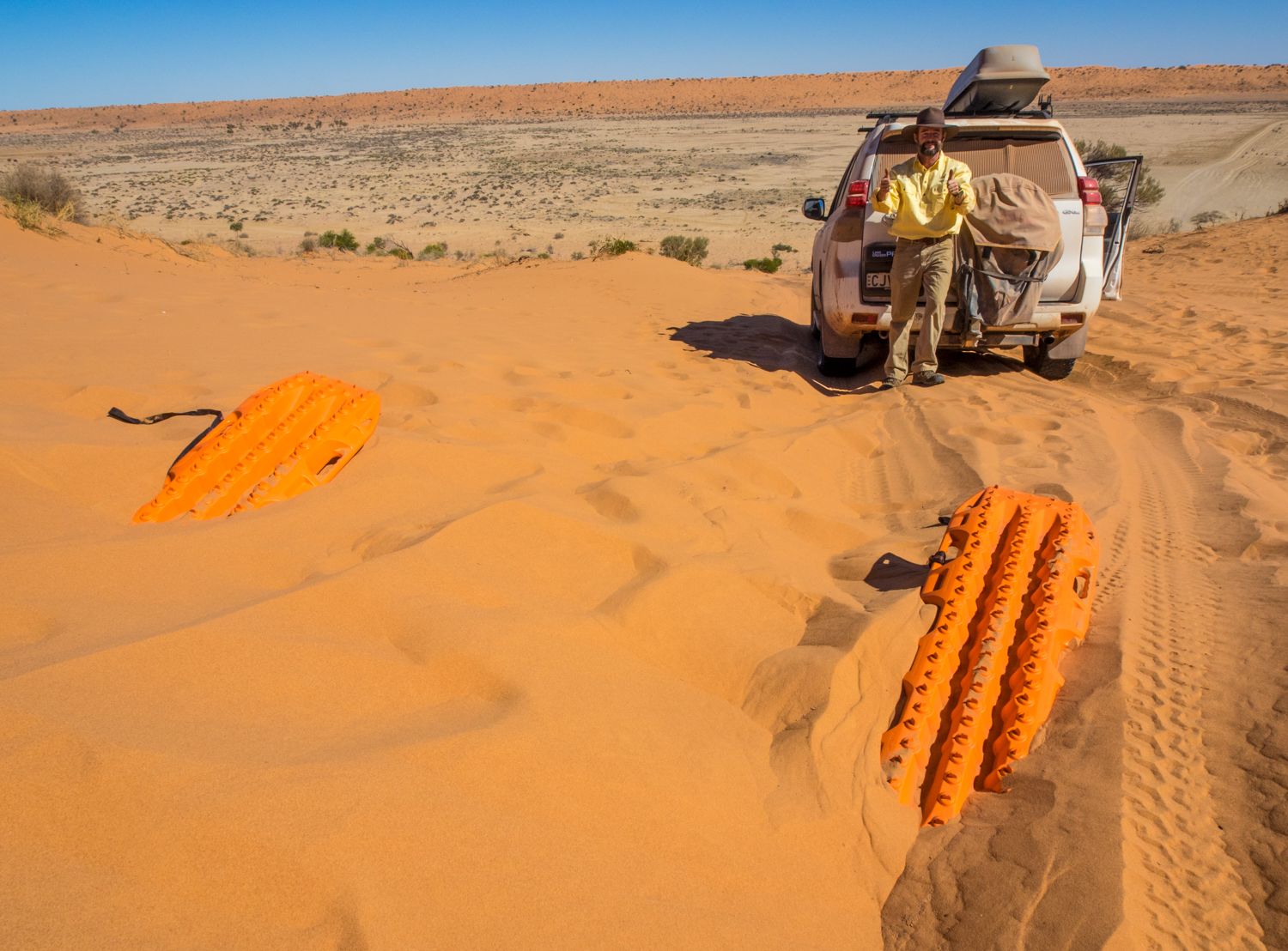
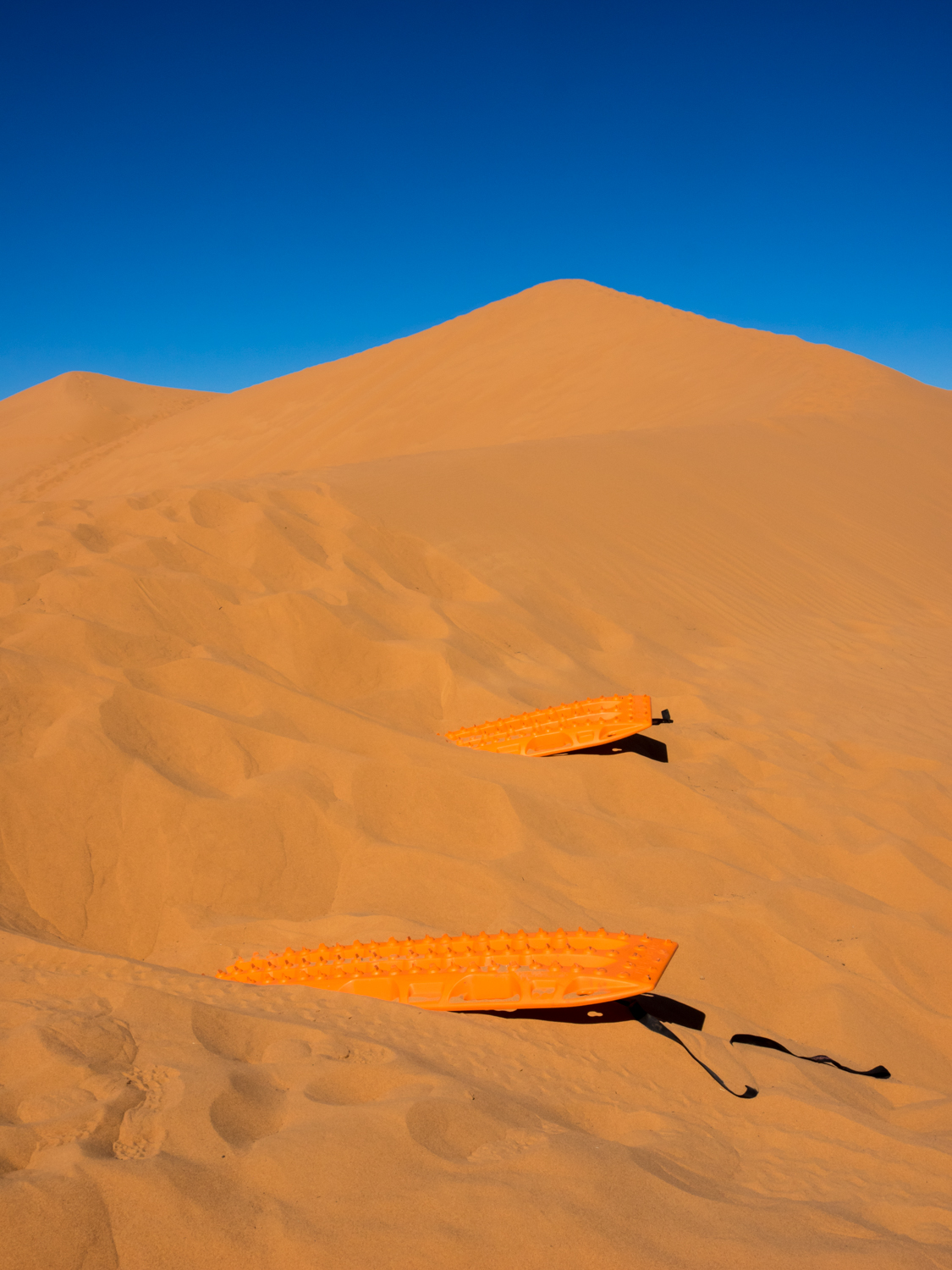
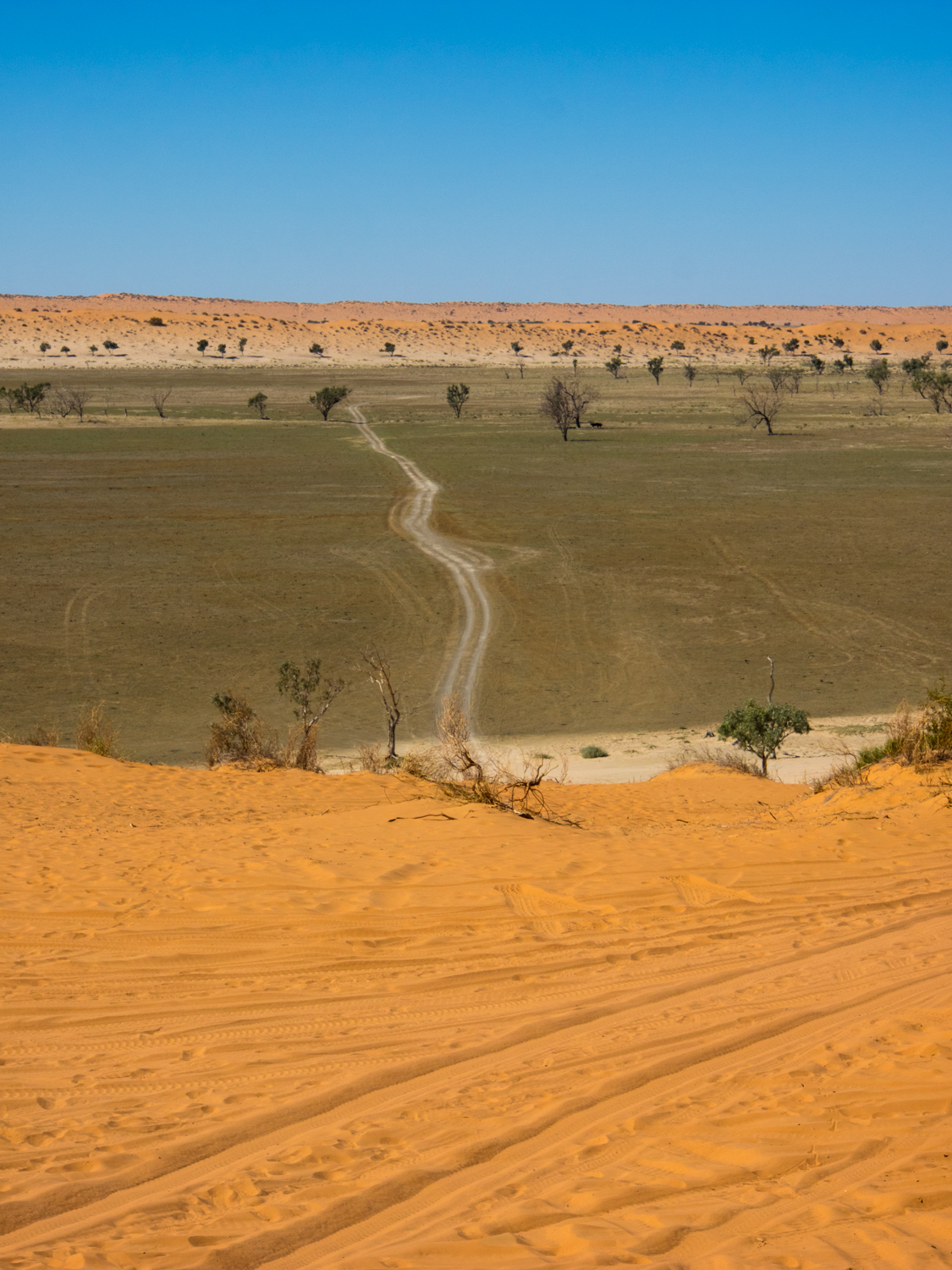
With the adrenalin slowly disappearing it was time for a beer, and what better place to go than the Birdsville Pub. The pub has served drinks to weary travellers as far back as 1884. It is full of hats of past locals who have done their time in this harsh environment. Standing on the edge of the verandah, beer in hand, our trip may not have been as harsh as Burke and Wills but it was just as adventurous.
The town is said to have a population of 115 + or - 7000. This is largely due to the influx of travellers for the Birsdsville Races. As we stand in the middle of the race track you can almost hear the echoes of the hooves kicking up the dust and the revellers cheering on the riders, not caring who is winning but just enjoying the moment.
Leaving Birdsville we follow the path of cattle duffer Harry Redford who pioneered the now famous Birdsville Track. But rather than heading back to Maree, it was time to take a less travelled path following Walkers Crossing heading to Inaminka. Walkers Crossing skirts the edge of the Sturts Stony Desert and passes through the Strezeleki Desert. This remote track crosses a candy stripe of gibbers and white and red sand dunes. In between there are the gnarled eucalypts, acacias and haceas clinging to the sand waiting patiently for the rare rain to rejuvenate them.
Something that Burke and Wills would not have appreciated was this sandy desert was once covered by glaciers and lakes. These have been buried for millions of years forming now valuable gas and oil fields. Unfortunately our insatiable appetite for energy has scared the landscape with numerous restricted tracks that bulldoze their way through, with little care for what is in front of it. These wide straight roads are in sharp contrast to our narrow crossing winding in and out of the creek and dunes, fitting in to the landscape not fighting against it.
The track crosses the explorers’ path until we eventually reach Grey’s grave. Charles Grey was one of the expeditions assistants and one of last 4 to head north. But Camp 58R was to be his last resting place on 4 April 1861. In the comfort of our 4WD it is difficult to fully appreciate the adversity of their journey. But it is equally difficult to understand why they didn’t make better use of the traditional owners and their knowledge of survival in this barren land.
Further on we reach Will’s Grave hidden amongst the Coolabah and Bauhinia trees near the banks of the Cooper River. The lonely stone piles and pipe a monument to the fateful day in June 1861. William John Wills, who eventually became second in command, was the one who most likely was the reason for the group getting so far. His strength of character is reflected in his last letter to his father:
"These are probably the last lines you will ever get from me. We are on the point of starvation ... My spirits are excellent.
Finally reaching Innamincka it is time to refuel and visit the Innamincka Hotel. Starting out as a police station in 1882 the town has grown and shrunk with the passing of time. It is now little more than a refuelling point for car and man.
Like the early explorers seeking rest at the end of a long day we leave the dust of Inamminka behind and make camp at Cullyamurra waterhole on the bank of the Cooper Creek. Not far from here is the place of Burke’s last breath at a place now fittingly called Burkes Waterhole. The creek is a meandering ribbon of life and it is difficult to align an image of the quenching waters of the Cooper with that of a dying man. The magnificent River Red Gums that line the banks of the creek are old enough to have watched Burke slowly perish.
Following Burkes death, King, the last of the fateful four stayed with aboriginal people until he was finally found by Edwin Welch.
Further along the Cooper Creek we finally reach the famous Dig Tree. A month before they perished they arrived at camp 65 aiming to meet their support party. Unluckily they found it deserted, the ashes of the campfires still warm, and a tree with newly cut the words DIG. April 21, 1861. Buried below the tree a note that their lifeline had departed 9 hours earlier leaving them to their fate in the desert.
Having reached the end of their journey, it was almost time for us to end our own. While there is so much more to the story of Burke and Wills, there is also more to our story of this trip. Cutting our way between the Strezelecki and Sturt Stony Desert, we have explored parts of this land that very few see. But being an explorer is not about visiting just a physical location on a map. It is about exploring part of your own spirit and being courageous enough to step out of the routine. It is about getting out and exploring this great land, and may be, like the country balladeer Graham Rodgers sings, carving your own name in history.
Hey Burke and Wills will it ever end? Will the desert ever set your spirits free? Together with King and Gray, you carved your names into history. Graham Rodger 2005











